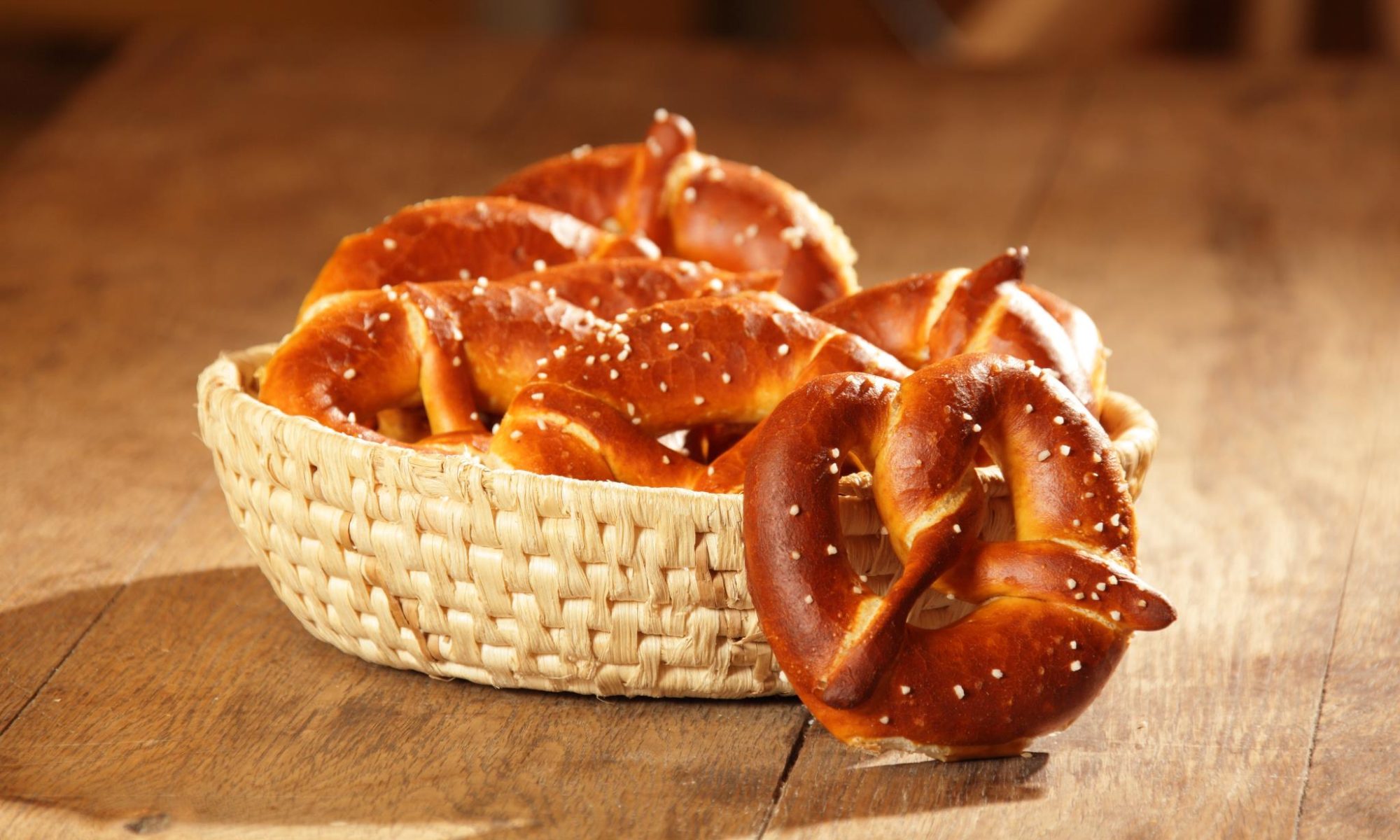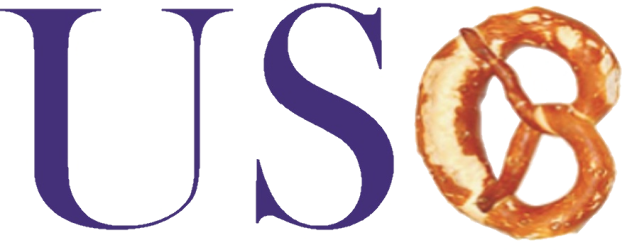We are going to today try Ward’s linkage. This is basically the exact same password as the before; they very first begins with seeking select just how many clusters, for example we need to replace the method to Ward.D2: > numWard hcWard spot(hcWard, brands = Incorrect, main = “Ward’s-Linkage”)
This new plot reveals about three quite collection of clusters that will be more or less equal in proportions. Why don’t we get a count of class dimensions and feature they when considering the latest cultivar names: > ward3 table(ward3, wine$Class) ward3 1 dos step 3 1 59 5 0 2 0 58 0 step three 0 8 forty eight
Note that we are really not looking to use the groups so you can assume a good cultivar, and in this situation, i’ve no a beneficial priori reason to suit groups to your cultivars
Thus, class one has 64 observations, party a few possess 58, and people around three has 56. This process fits brand new cultivar groups closer than having fun with over linkage. With other table, we could examine the way the several strategies match observations: > table(comp3, ward3) ward3 comp3 step 1 dos step three step 1 53 11 5 dos eleven 47 0 step three 0 0 51
When you find yourself class around three for each and every system is fairly personal, additional a couple aren’t. Practical question now is how can we select precisely what the variations is on interpretation? A number of examples, the new datasets have become smaller than average you can test the brands for each and every class. Throughout the real life, this could be hopeless. The best way to compare is with the newest aggregate() function, summarizing on the a statistic such as the mean or median. Concurrently, as opposed to carrying it out towards the scaled investigation, why don’t we try it for the brand spanking new investigation. Regarding the setting, attempt to identify the new dataset https://datingmentor.org/escort/pittsburgh/, what you’re aggregating they because of the, and the summary statistic:
This technique matched the fresh cultivar names at the an enthusiastic 84 per cent price
> aggregate(wine[, -1], list(comp3), mean) Class.1 Alcoholic drinks MalicAcid Ash Alk_ash magnesium T_phenols 1 9 step one.898986 dos.305797 6 0 dos.643913 dos seven 1.989828 dos.381379 cuatro 3 dos.424828 step three 4 step three.322157 dos.431765 3 step 3 step 1.675686 Flavanoids Non_flav Proantho C_Intensity Color OD280_315 Proline 2.6689855 0.2966667 step 1.832899 cuatro.990725 1.0696522 dos.970000 dos.3398276 0.3668966 step 1.678103 step three.280345 step 1.0579310 2.978448 0.8105882 0.4443137 step one.164314 eight.170980 0.6913725 step 1.709804
Thus giving you the fresh new suggest by the group per off the latest 13 parameters throughout the analysis. With over linkage over, let’s bring Ward a-try:
> aggregate(wine[, -1], list(ward3), mean) Classification.1 Alcohol MalicAcid Ash Alk_ash magnesium T_phenols step 1 2 1.970000 2.463125 2 5 2.850000 2 eight step 1.938966 2.215172 dos dos 2.262931 step three step one step 3.166607 2.412857 seven 4 step one.694286 Flavanoids Low_flav Proantho C_Power Color OD280_315 Proline 3.0096875 0.2910937 1.908125 5.450000 step one.071406 step 3.158437 2.0881034 0.3553448 step 1.686552 2.895345 1.060000 dos.862241 0.8478571 0.4494643 step 1.129286 six.850179 0.721000 step one.727321
The numbers are extremely close. The class one getting Ward’s approach does have a bit high thinking for any parameters. Getting people a couple of Ward’s method, the brand new mean values are shorter with the exception of Color. This would be something you should tell someone who has the brand new website name assistance to help with the latest translation. We are able to let which efforts because of the plotting the prices on the details by party on two measures. A fantastic patch examine distributions is the boxplot. The fresh boxplot will show all of us the minimum, first quartile, average, third quartile, restriction, and you will potential outliers. Let’s generate a comparison area having a couple of boxplot graphs into the expectation that we are curious about new Proline values each clustering approach. The first thing to carry out is always to ready yourself our very own plot urban area in order to display the brand new graphs alongside. This is accomplished into par() function: > par(mfrow =c (1, 2))

